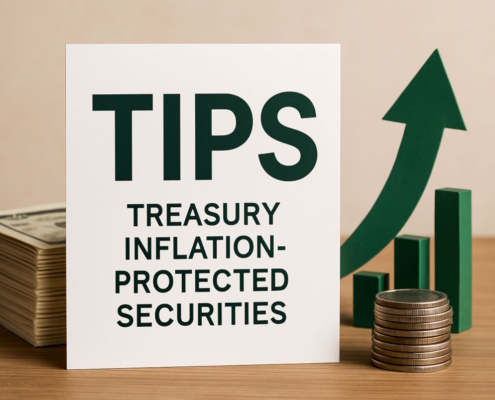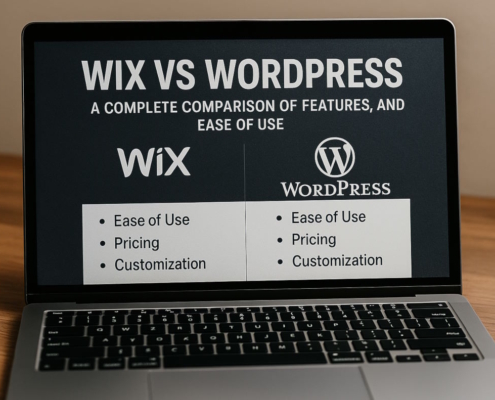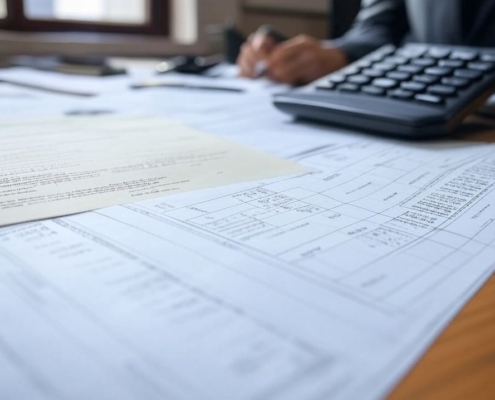What Does a Recession Mean?
In economics, a recession is defined as a large-scale and protracted decline in economic movement. A recession is generally considered to have occurred when GDP growth has been negative for two quarters in a row. Determining recessions, however, also makes use of more complicated calculations.
The National Bureau of Economic Research (NBER) use a number of indicators, including industrial production, nonfarm payrolls, and retail sales, to monitor economic downturns.
Additionally, the National Bureau of Economic Research (NBER) highlights the fact that there is no set rule concerning what metrics provide data for the manner or process in which they are valued in their judgments.
According to NBER’s definition, a recession is defined as a deep, widespread, and long-lasting slump. It is common to refer to recessions as “retroactive” since these characteristics aren’t always obvious when a recession initially starts.
Important Points
- A severe, widespread, and long-lasting slowdown in economic movement is known as a recession.
- To determine how long a recession lasts, economists look at the distance between the top of the previous boom and the bottom of the downturn.
- Even if a recession only lasts a couple months, it might take years for the economy to get back to where it was.
- An inverted yield curve has forecasted the previous ten recessions, albeit some of these predictions have never come to pass.
- In the early phases of a rebound, many people may feel as though they are still in a recession since unemployment rates tend to stay high even after an economic recovery begins.
- To lessen the likelihood of a recession, nations employ monetary and fiscal measures.
How Recessions Work
Most economies have expanded continuously from the time of the Industrial Revolution, with very few experiencing recessions. But downturns do happen occasionally. The International Monetary Fund counted 122 recessions that hit 21 developed economies between 1960 and 2007.
The frequency and length of recessions have decreased in recent years.
The decreases in economic production and loss of jobs as a result of recessions have the potential to become self-sustaining. For instance, when demand from consumers drops, businesses may feel pressured to cut jobs, which in turn reduces consumers’ disposable income and, ultimately, their demand.
Similarly, when recessions are accompanied with bear markets, it is possible to reverse the wealth effect, leading to a precipitous drop in wealth and a subsequent reduction in spending.
Governments worldwide have used monetary and fiscal measures since the Great Depression to mitigate the impact of regular recessions.
When people lose their jobs, some of these steadying forces kick in automatically, including unemployment insurance. Other strategies need concrete steps, like lowering interest rates to encourage investment.
Once a recession has passed, its signs are easiest to see. Furthermore, the worst time for a recession may be different for economists, investors, and workers.
As equities markets tend to fall before economic downturns, investors may mistakenly believe that a recession has started when investment losses mount and business earnings fall, even when other indicators of recession, like unemployment and consumer spending, still appear normal.
On the flip side, workers may feel like a recession never ends, even when the economy starts to recover, because unemployment rates tend to stay high for a long time after the economy reaches rock bottom.
What Indicates the Approach of a Downturn in the Economy?
Inverted yield curves have come before each of the ten recessions that have hit the United States since 1955, yet there is no one-and-done method for predicting when a recession will occur. However, recessions did not necessarily follow each instance of an inverted yield curve.
Yields over the short term are lower than yields over the long term when the yield curve is normal. This is because the duration risk is higher for debt with longer maturities. A ten-year bond, for instance, often has a greater yield than a two-year bond since the investor is betting that the bond’s value could fall before repayment due to inflation or increased interest rates in the future. In this instance, the yield is increasing, leading to a rising yield curve.
If bond yields for longer maturities fall while bond yields for shorter maturities rise, the yield curve will invert. Raising short-term interest rates has the potential to trigger a downturn in the economy. Because investors are bracing for potential interest rate reduction in the near future, the yield on long-term bonds falls below that on short-term bonds.
Many leading signs are also considered by investors when trying to foretell a recession. The Conference Board Leading Economic Index, the OECD Composite Leading Indicator, and the ISM Purchasing Managers Index are among them.
When Do Recessions Occur?
When and why an economy enters a recession is a mystery that many economic theories try to unravel. These hypotheses could be based on economics, psychology, or some mix of the three.
Economic changes, particularly structural adjustments in industries, are the primary emphasis of certain economists. For instance, if oil prices suddenly and persistently spike, it might cause a general increase in prices, which in turn could trigger a recession.
Some hypotheses attribute recessions to monetary and economic issues. Credit expansion and risk buildup during prosperous times, or credit contraction and money supply during recessions, are the main points of these theories. One such theory is monetary theory, which holds that recessions occur when the money supply does not rise fast enough.
To explain the occurrence and persistence of recessions, some theories center on psychological issues, such as extreme optimism during good economic times and extreme pessimism during bad times. The economic and psychological variables that can amplify and extend recessions are the primary emphasis of Keynesian economics. Hyman Minsky, an economist, popularized the idea of a “Minsky Moment” to describe the combination of the two phenomena that might lead to unwarranted speculation during bull markets.
Economic Downturns and Crash
Since 1854, the United States has seen 34 recessions, but since 1980, just five have occurred, according to NBER.
Both the global financial crisis that occurred in 2008 and the double-dip drops that occurred in the early ‘80s were the most severe economic downturns that have occurred since the Great Depression and the recession that followed in 1937–1938.
The International Monetary Fund estimates that a normal recession can lead to a 2% drop in GDP, while a severe recession can put the economy back 5%. While the exact definition of a depression is up for debate, most agree that it is characterized by a severe and protracted economic downturn.
U.S. economic production dropped by 33%, stock prices fell by eighty percent, and unemployment reached twenty-five percent during the Great Depression. Real gross domestic product decreased 10% and unemployment spiked to 20% during the Great Depression of 1937–1938.
Recessions in Recent Times
One example of an economic shock that might trigger a recession is the coronavirus pandemic and the public health measures put in place to contain it. The National Bureau of Economic Research (NBER) classified the 2020 COVID-19 pandemic economic slowdown as a recession due to its severity and breadth, even though it only lasted for two months. Various economic experts argued in 2022 on whether or not the United States economy was in recession due to contradictory economic statistics.
According to analysts from investment advising company Raymond James in a study from October 2022, the U.S. economy did not suffer a recession. The analysis said that the economy was not in recession even though it technically was after two straight quarters of negative growth due to a number of other favorable economic indicators.
It referenced the fact that job numbers kept going up despite a decline in GDP. While real personal disposable income did fall in 2022, the paper noted that this was mostly due to the COVID relief stimulus’s expiration and that income before these payments was going up.
Key NBER indicators did not indicate a recession in the US economy, according to data from the Federal Reserve Bank of St. Louis as of late October 2022.
Janet Yellen, the United States Treasury Secretary, expressed confidence in the economy’s long-term health on February 6, 2023. She told Good Morning America that when you have the lowest unemployment rate in fifty years and 500,000 new jobs, you don’t have a recession.
What Occurs During a Recession?
During a recession, there is a decline in economic production, employment, and consumer expenditure. When central banks, like the US Federal Reserve, reduce stimulus, interest rates are expected to fall. To bolster the economy, the Federal Reserve Bank lowers interest rates. As tax revenues fall and spending on social programs like unemployment insurance increases, the government’s budget deficit grows.
How Long Ago Was the Last Recession?
The most recent U.S. recession happened at the beginning of the COVID pandemic in 2020. Despite its record-short duration, the two-month slump was deep and extensive, hence it qualified as a recession, according to NBER. The recession was determined to have concluded in April of 2020.
What is the Duration of a Recession?
In the United States, the typical length of a recession since 1857 is 17 months, yet the six recessions that have occurred since 1980 have each lasted an average of less than ten months.
In Conclusion
In economics, a recession is defined as a large-scale and protracted decline in economic activity. A recession is typically defined as two straight quarters of negative GDP growth, although there are more nuanced ways to measure and categorize recessions.
One important sign of a recession is the unemployment rate. Companies may reduce headcount or even eliminate jobs altogether if consumer demand for their products and services declines. More layoffs may be in store if laid-off workers reduce their own spending, which reduces demand.
Unemployment insurance and interest rate cuts are two examples of the fiscal and monetary measures implemented by governments worldwide since the Great Depression to limit the severity of recessions and keep them from becoming depressions.






























